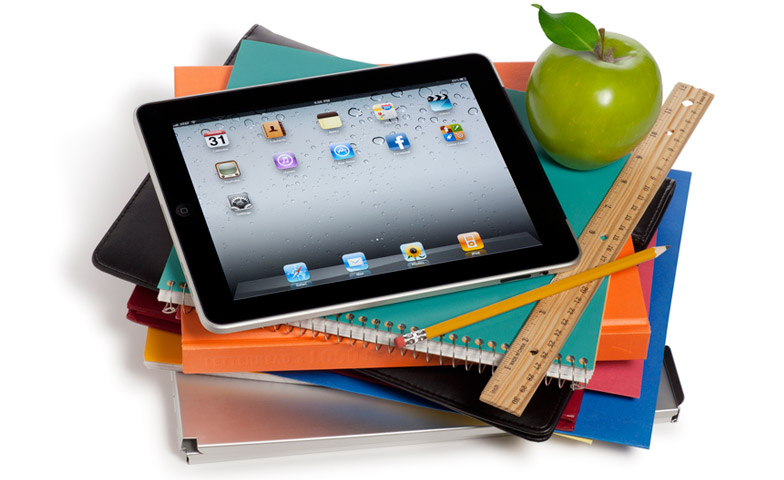I must be honest with you. With the surge of technology resources that I am being asked to use within the classroom, I feel far from confident in my abilities. I am inclined to blame my ignorance on the fact that I was not born into the technology craze and did not have a cell phone even when I went to college. I still don’t have a cell phone that takes “selfies.”
But how would this excuse help me be a better teacher? The harsh reality is that it won’t. I can either continue with my “tech meekness” and go the way of the dinosaurs (and we all know what happened to them) or move forward in learning what these technology resources are all about. I choose the latter.
Step 1. DIY: Do It Yourself
I quickly learned that if I was serious about learning the new technology, I had to stop asking others to do it for me. It’s hard to give up that crutch. For example, I had to figure out how to sync my new wireless printer/scanner/copier to my computer.
Step 2. Set Timeline Goals
Sitting in a technology training session at the beginning of the year, I felt bulldozed by the dozens of technology resources I was expected to use immediately. I didn’t even know how to turn on my iPad, but once my panic attack subsided, I vowed to organize this “technology mess.”
I decided that the best way for me to learn about technology resources was to focus on understanding one program or app per month so that by the end of the year, I would be fluent with nine different technology tools. By taking a month’s time to really study the resource, I could apply it in the classroom effectively
Step 3. “Help Me, Obi-Wan-Kenobi; You’re My Only Hope”
One of the most humbling experiences for teachers is admitting they don’t know everything and must ask for help. Once I had a guiding plan of what and when to learn, my next step was to find the person to teach me how to do it.
I, who learn best with hands-on and one-on-one tutoring, found an amazing colleague with infinite patience who was willing to work with me during this learning process. Before school, after school, during lunch—my mentor was available for “tutoring” time. That great collaboration continues to this day.
Step 4. Start Small
As I worked on my monthly tech goals, I started integrating them into my teaching in small doses. Something as simple as learning how to send an email from my iPad to my home computer was a major victory. Taking notes from a faculty meeting using Google Docs made me feel triumphant. Loading a lesson plan onto Google Drive was rewarding.
These may seem like minor victories, but I felt like I was finally thriving with my technology.
Step 5. Keep Going
As my confidence grew I began to use more technology in my classroom. For example, instead of having the students do hand-written performance evaluations, I had them complete Google Forms.
When I asked my students which way they preferred to complete assignments—with or without technology—they unanimously agreed that the technology resource helped them organize their thoughts better. Many students were critiquing their work, justifying their opinions, and sharing more details more often and more effectively than in previous handwritten hard-copy assignments.
So maybe I haven’t become a full-fledged “tech geek,” but I know that as I continue to learn, I can provide a better education for my students.
Photo credit: iStock.com/skodonnell
